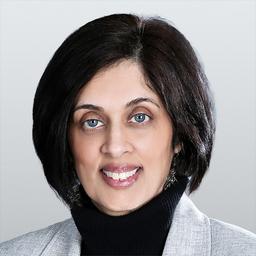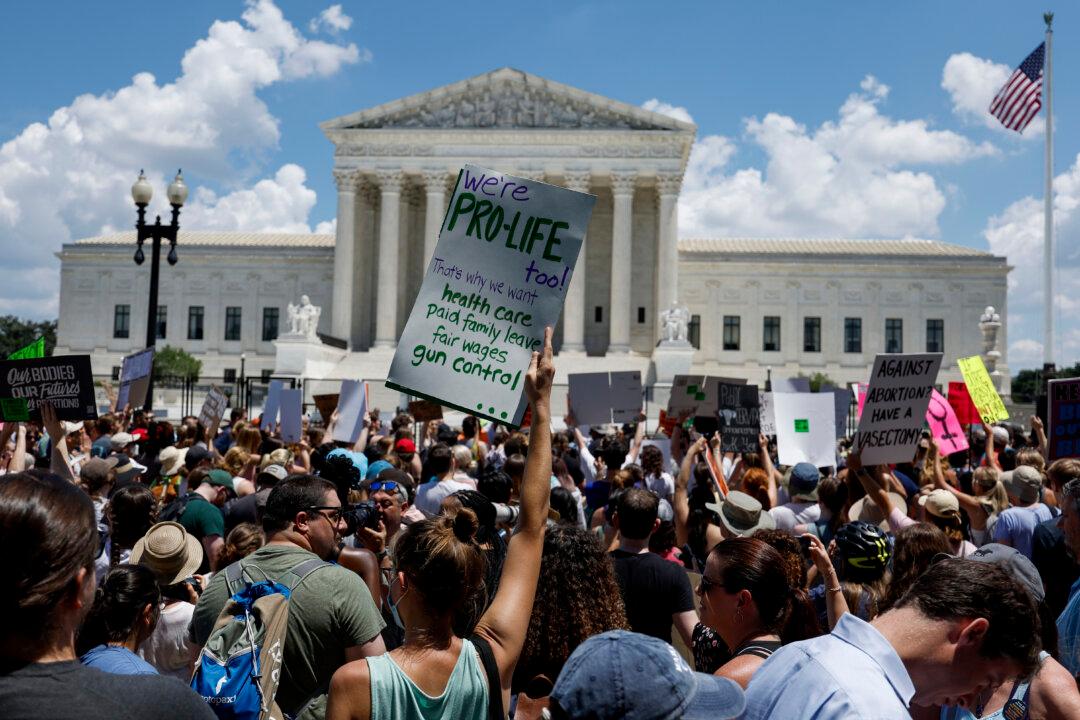The District of Columbia’s five-year, six-part economic development plan includes harnessing remote workers and young people in the education-to-work pipelines around Washington.
Mayor Muriel Bowser and the Office of the Deputy Mayor for Planning and Economic Development unveiled “DC’s Comeback Plan,” a strategy outlining the district’s economic development goals for the next five years. The plan is part of the district’s Comprehensive Economic Development Strategy, an economic roadmap intended to expand and strengthen the local economy.





